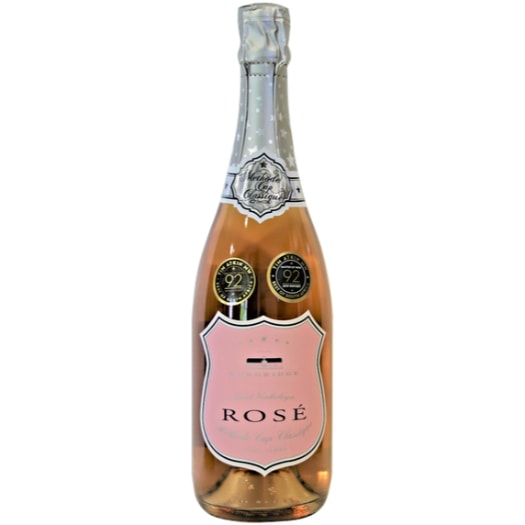More Information
Specifications
In the cellar
The grapes were harvested by hand into baskets (± 18 kg each) then destemmed, sorted manually, crushed (± 50% whole berries) and pumped to open fermenters (kuipe); manual punchdowns (pigeage) 6 to 8 times per day for the duration of fermentation; average of 10 days on the skins, then drawn off and pressed using wooden basket presses; free-run and press wines blended and racked into stainless steel tanks and 225 litre barrels; malolactic fermentation in barrels and tanks; barrel to barrel and barrel to tank rackings to clarify and blend the wine.
This wine was clarified according to the settling and racking method, which does not involve the use of any fining agents, centrifuges or filters – a natural, unhurried method of clarifying wine.
A selection of 15 barrels of Cabernet Sauvignon from the two vineyards were racked and blended
into a stainless steel tank. After a period of settling, the wine was racked again into the bottling
tank from where it flowed by gravity via a cartridge filter into the filler. A limited release of 408
magnums and 4,304 bottles were bottled and labelled under the black and gold “reserve” label.
In the vineyard
The grapes were harvested from two vineyards – one in the Simonsberg and the other in the Helderberg. The vineyards in the Helderberg are in the coastal part of Stellenbosch and the quality of the grapes is positively influenced by the cool southerly summer sea breezes that blow across False Bay. The Simonsberg vineyard, although slightly further inland, also benefits to some extent from the cool summer breezes. Both of these vineyards are trellised (no bush vines).
The grapes from “Sunset Vineyard” in the Simonsberg area were harvested on 7th March and
those from “Stonefield” on the slopes of the Helderberg on the 20th March. Both these vineyards
produced superb quality grapes in 2012 which were harvested at between 24º and 25º Balling.
Ageing
31 months
Cultivar
100% Cabernet Sauvignon




